This is when our Sun will die! Astonishing study reveals all
The Sun’s life may be coming to an end. Here’s this study says our Sun will die.
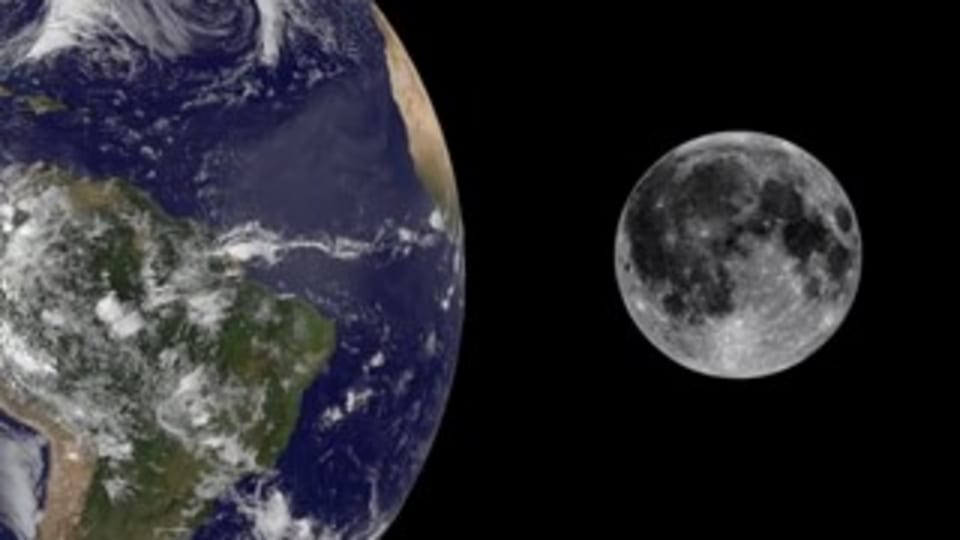
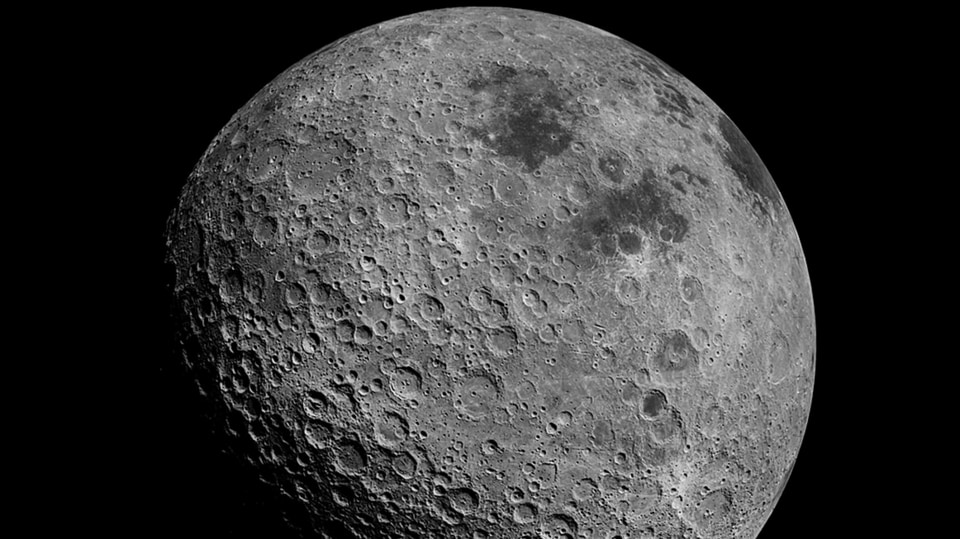
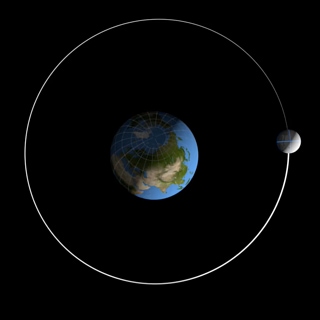
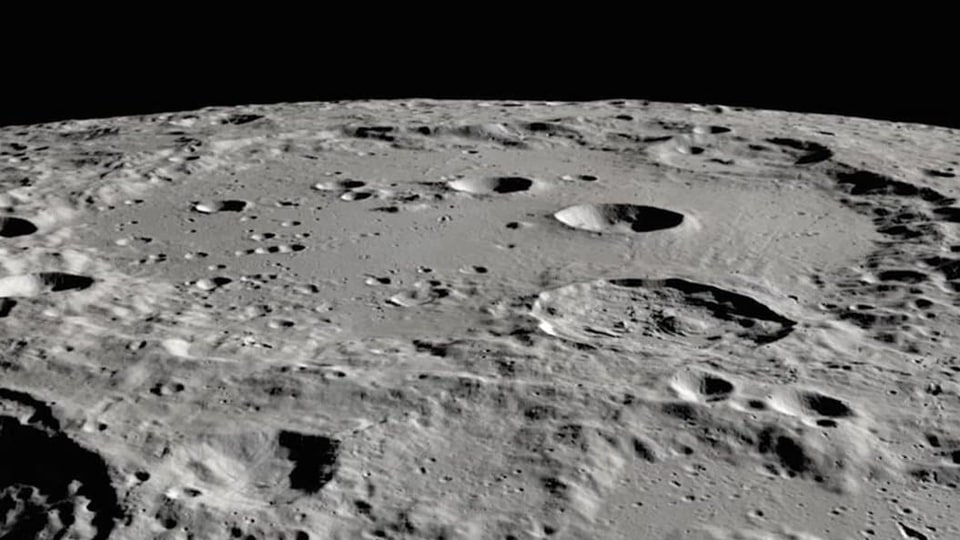
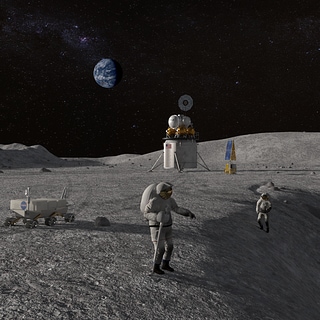
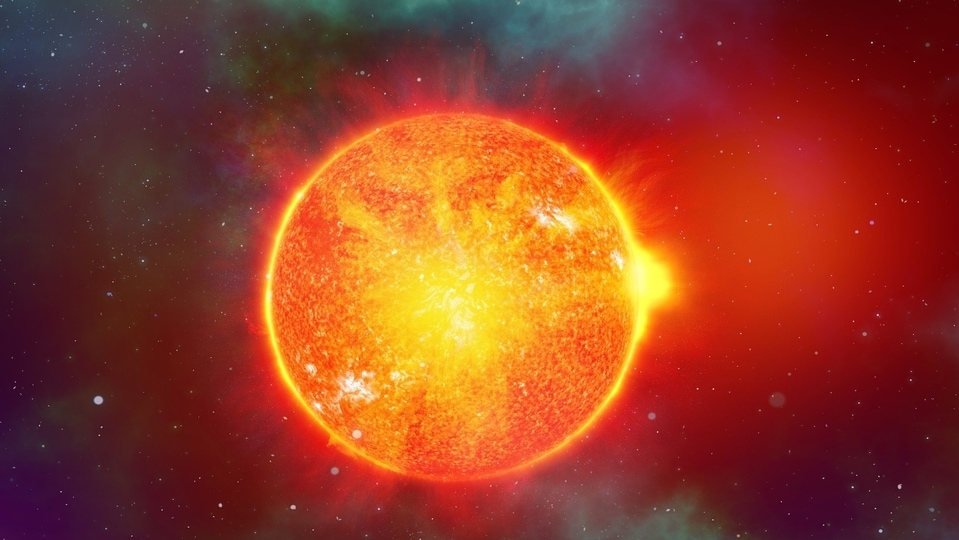
 View all Images
View all ImagesThose of us who have gone through a mid-life crisis know that it is a period of really big emotional turmoil. Everyone who reaches a certain age goes through it. Now, it has been revealed that not even massive celestial bodies like the Sun are safe from it. And yes, that also indicates that our Sun will die too.
A new study by the European Space Agency (ESA) has revealed that the Sun has entered its middle age, estimated to be around 4.57 billion years. It seems that the Sun is also going through a mid-life crisis with frequent Solar Flares, Coronal Mass Ejections (CMEs) and Solar Storms. The study was conducted with the help of data collected by the Gaia spacecraft.
Currently, the Sun is at the peak of its 11-year solar cycle, which has resulted in frequent solar flares, coronal mass ejections and solar storms. As the cycle ends, the frequency of these phenomena will decrease.
As the Sun gets older, the hydrogen in the Sun's core will run out and the Sun will turn into a giant red star, lowering its surface temperature and cooling off. According to the ESA, as the Sun will reach the end of its life cycle, it will become a dim white dwarf star.
Orlagh Creevey from Observatoire de la Côte d'Azur, France searched through the data by studying some of the oldest stars in the Milky Way Galaxy with surface temperatures between 3000K and 10,000K. Orlagh said, “We wanted to have a really pure sample of stars with high precision measurements.”
The study concluded that the Sun will reach its peak temperatures nearly 8 billion years into the future after which it will lower its surface temperature and increase its size.
Orlagh said, “If we don't understand our own Sun and there are many things we don't know about it how can we expect to understand all of the other stars that make up our wonderful galaxy.”
NASA, on the other hand, had earlier sad in its report, "When it starts to die, the Sun will expand into a red giant star, becoming so large that it will engulf Mercury and Venus, and possibly Earth as well. Scientists predict the Sun is a little less than halfway through its lifetime and will last another 5 billion years or so before it becomes a white dwarf."
Catch all the Latest Tech News, Mobile News, Laptop News, Gaming news, Wearables News , How To News, also keep up with us on Whatsapp channel,Twitter, Facebook, Google News, and Instagram. For our latest videos, subscribe to our YouTube channel.


























